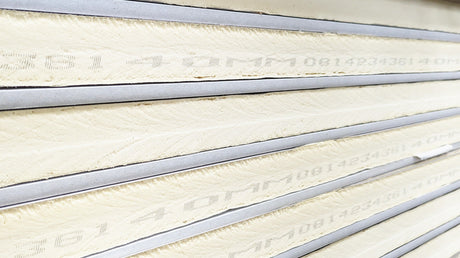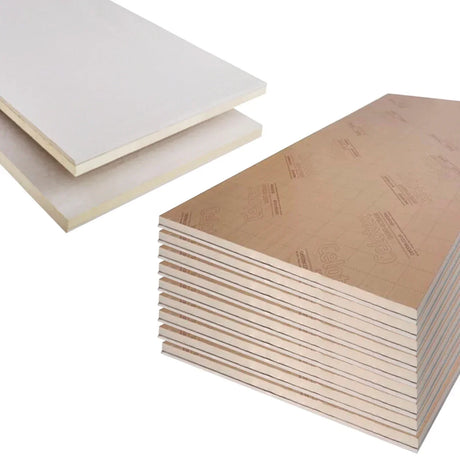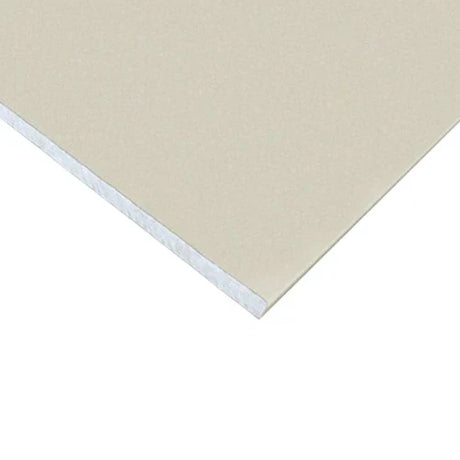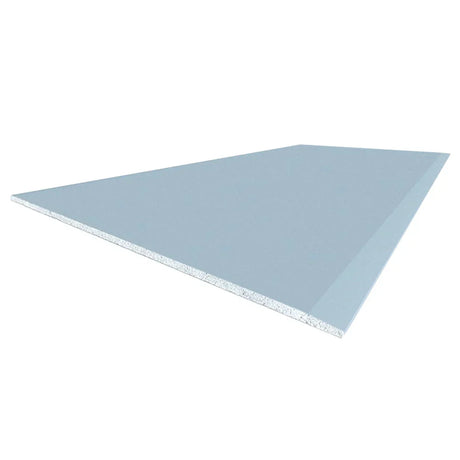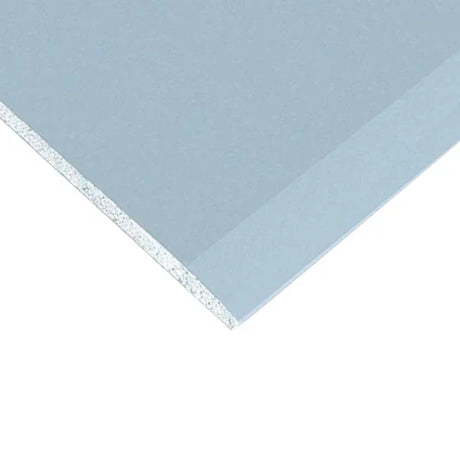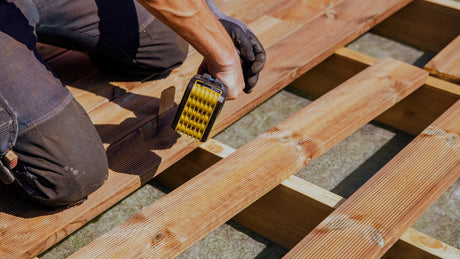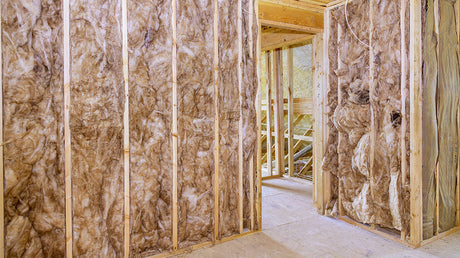Loft insulation comes in several forms, each offering distinct advantages and limitations. Understanding these differences helps ensure you select the most appropriate option for your specific circumstances, balancing performance, cost, and practical installation considerations.
Mineral Wool Roll Insulation
Mineral wool rolls represent the most commonly used loft insulation in UK homes. These materials are manufactured from either glass (glass wool) or stone (rock wool) fibres, with leading UK manufacturers including Knauf, Isover, and Superglass. They typically provide thermal conductivity values of 0.044-0.037 W/mK depending on density and quality. Standard widths are designed to fit between typical UK joist spacings (usually 570mm rolls for 600mm joist centres) and are available in various thicknesses from 100mm to 200mm, making them suitable for both between-joist and over-joist applications.
Performance characteristics make mineral wool a well-balanced option for most standard loft applications. It offers excellent fire resistance (typically Euroclass A1 non-combustible) and good acoustic properties providing sound insulation benefits. Modern products feature relatively dust-free compositions with improved handling characteristics compared to older materials. While offering moderate moisture resistance, performance can be affected if saturated, so maintaining proper roof integrity remains important. The material maintains performance over the building's lifetime without significant degradation and adds minimal structural load to ceilings due to its lightweight nature.
Installation considerations contribute to mineral wool's popularity. The material allows relatively easy DIY installation requiring minimal tools. It's typically installed in two layers - one between joists and one across joists - to achieve recommended total thickness while minimising thermal bridging through joists. Its lightweight nature means it can be transported through typical loft hatches without special equipment. While requiring appropriate PPE (gloves, mask, eye protection, long sleeves), installation needs minimal specialist tools beyond a utility knife and appropriate boards to work from. The ability to cut easily to fit around obstacles and irregular spaces makes it particularly adaptable to the varied conditions found in most domestic lofts.
From an economic perspective, mineral wool typically offers the most cost-effective option for achieving required thermal performance. Standard material costs approximately £5-8 per square metre for 170mm thickness, delivers excellent payback periods through energy savings (typically 2-3 years), and requires minimal specialist installation costs if DIY approach is taken. Its long lifespan with stable performance characteristics ensures continued value throughout building life. Government schemes occasionally offer subsidised installation for eligible households, further enhancing its cost-effectiveness. These economic advantages explain mineral wool's dominant market position for loft insulation.
Rigid PIR and Phenolic Board Insulation
High-performance rigid foam boards offer superior thermal properties for specific applications. These closed-cell foam structure products are manufactured with gas-filled cells, with common products including Celotex GA4000, Kingspan Thermapitch, and Recticel Eurothane. They provide exceptional thermal conductivity (0.022-0.018 W/mK) - approximately twice as effective as mineral wool for equivalent thickness. Typically foil-faced on both sides to enhance performance by reflecting radiant heat, they come in standard board sizes of 2400 x 1200mm with thicknesses from 25mm to 150mm.
Performance advantages make rigid boards particularly valuable for specific applications. Their superior thermal performance requires approximately half the thickness of mineral wool for equivalent insulation value, making them ideal where space is limited. Excellent moisture resistance due to closed-cell structure provides advantages in situations where condensation or water exposure risks exist. High compressive strength makes them suitable for applications requiring structural performance such as loft boarding. Good dimensional stability maintains performance over time without slumping or settling, while the foil facings provide an integrated vapour control layer that can simplify construction detailing.
Rigid boards excel in specialised application areas such as between rafters in loft conversions where depth is limited, creating insulated storage deck systems in lofts, upgrading thermal performance of dormer constructions, and other situations where moisture resistance offers significant advantages. Their combination of floor strength and insulation makes them ideal for situations requiring both properties, while their ability to maintain maximum headroom in confined spaces provides practical advantages in many renovation projects. These specific scenarios often justify the premium cost of rigid board materials where their particular properties address challenging constraints.
From an installation and cost perspective, rigid boards present different considerations than mineral wool. They're more challenging to cut and fit than flexible materials, requiring appropriate tools (fine-toothed saw, suitable knife) rather than simple utility knives. The rigid nature creates more waste through cutting processes, especially around obstacles or irregular spaces. They come with significantly higher material cost (approximately £12-18 per square metre) and are less forgiving of irregular joist spacing or obstructions. Potential cold bridging can occur if not installed with meticulous attention to gaps. These factors typically limit rigid board use to specific applications where their unique benefits justify the additional cost and installation complexity.
Natural Fibre Insulation Options
Eco-friendly alternatives with distinct performance characteristics include materials like sheep's wool insulation from suppliers like Thermafleece, hemp-based products from manufacturers such as Hemcrete, wood fibre insulation boards and flexible batts from companies like Steico, recycled cotton and textile insulation, and cellulose fibre (recycled newspaper) products. These materials offer renewable alternatives to conventional synthetic or mineral-based products while providing competitive thermal performance.
Performance characteristics of natural materials include thermal conductivity typically in the range of 0.038-0.040 W/mK (moderate performance comparable to standard mineral wool). Their excellent humidity regulation properties absorb and release moisture without damage, helping stabilise internal environments. High specific heat capacity provides good summer heat protection in addition to winter insulation benefits. Natural resistance to certain pests and mould in some variants adds secondary benefits, while performance characteristics remain stable over extended periods. These properties make natural materials particularly suitable for heritage properties and buildings requiring moisture management capabilities.
Environmental credentials often represent the primary motivation for selecting natural fibre insulation. Renewable material sources with lower embodied carbon appeal to environmentally-conscious projects. Many products are manufactured in the UK, reducing transportation impacts. They often utilise agricultural by-products or waste streams, creating value from materials that might otherwise be discarded. Their biodegradability at end of life presents minimal environmental impact, and some products even capture carbon within the building fabric. Typically, manufactured using less energy-intensive processes than synthetic alternatives, they offer reduced lifetime environmental impact.
Installation and cost factors position natural insulation as a premium option. Installation techniques remain similar to mineral wool in most applications, and the materials are generally pleasant to handle without significant irritation issues. Typically supplied in formats compatible with standard UK construction dimensions, they integrate well with conventional building methods. However, their premium pricing (approximately £10-15 per square metre) and limited availability through mainstream builders merchants can present challenges. They may require special order or specialist supplier sourcing. These factors position natural insulation as a premium option, primarily selected for its environmental credentials or specific performance attributes like moisture management.
Multi-Layer and Hybrid Approaches
Combining different materials for optimised performance often delivers the best results in complex situations. Strategic layering provides multiple benefits: different materials address specific performance requirements; cost-effectiveness improves by using premium products only where necessary; installation challenges in complex areas can be overcome; overall performance enhances through complementary material properties; multiple requirements (thermal, acoustic, moisture management) can be addressed simultaneously; and performance maximises within practical constraints. This thoughtful, integrated approach often outperforms single-material solutions.
Common effective combinations include mineral wool between joists with rigid boards above creating insulated storage areas, rigid board base layer with mineral wool top layer maximising performance and cost-effectiveness, natural fibre products in moisture-prone areas combined with conventional materials elsewhere, and reflective products at rafters combined with bulk insulation between joists. These combinations leverage the strengths of different materials while minimising their limitations, creating synergistic systems greater than the sum of their parts.
Installation sequence considerations become critical when combining materials. Layer order can significantly affect moisture management and performance, requiring careful planning of vapour control requirements, which may differ between material combinations. Fixing methods may need adaptation for different materials, while junction details between different materials require particular attention. These technical factors necessitate comprehensive understanding of material properties and building physics principles when implementing hybrid systems.
By understanding the distinct characteristics of different loft insulation options, you can select the most appropriate solution for your specific requirements, balancing thermal performance, practical installation considerations, and budget constraints. At DIY Building Supplies, we stock a comprehensive range of insulation materials from leading UK manufacturers and provide expert advice to help you make informed decisions for your project.



